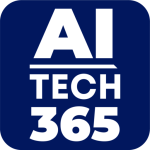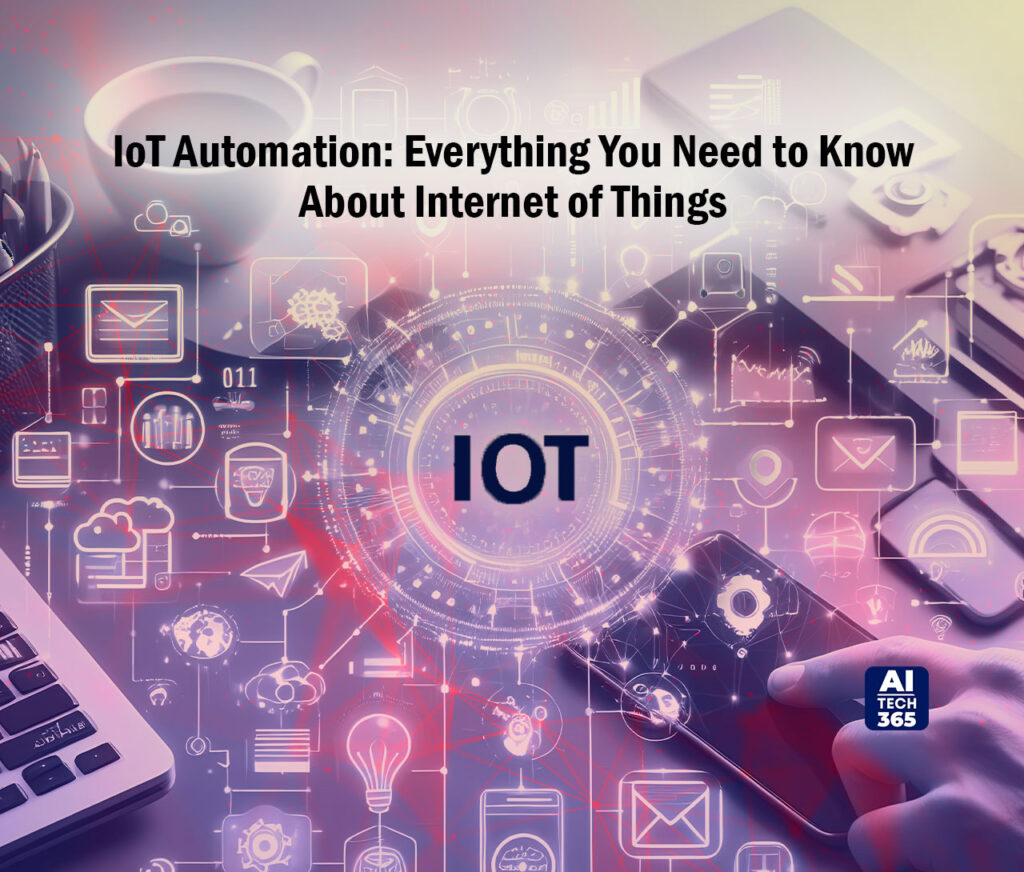Internet of Things (IoT) continues to impact personal and industrial settings since the time it was coined in 1999.
As we step into another year with artificial intelligence buzzing all around the corner, IoT automation is all geared up to transform the way we live, molding an impressive thought into an essential reality. The emergence of ubiquitous computing, widespread usage of the internet protocol (IP), continuous progress in data analytics, and other factors are all known to be development drivers.
Statista predicts that around 29.42 billion devices will be connected to IoT by 2030. This massive stat is just the tip of the iceberg.
In this blog, we will be answering the million-dollar question; what are IoT and automation, and how can they be valuable?
What is the Internet of Things?
The Internet of Things (IoT) is a vast network of physical devices worldwide that are digitally interconnected. These “things” gather and transmit data about their usage and surroundings. Equipped with internet connectivity, software, sensors, and hardware, they can communicate with other devices and systems over the internet.
IoT expands the reach of the internet beyond traditional devices like smartphones and computers to everyday objects such as light bulbs, locks, smart appliances, wearable fitness trackers, advanced industrial machinery, and autonomous vehicles. This connectivity grants them enhanced analytical and computational capabilities.
What Is Automation in IoT?
IoT automation involves the fusion of Internet of Things devices with automated workflows, aimed at boosting efficiency, productivity, and safety across diverse sectors and environments. By leveraging the data generated by IoT devices through their embedded sensors, and by interconnecting them within broader systems, automation is triggered, resulting in heightened productivity and operational enhancement.
One of the great examples of automation in the IoT industry is the application of Amazon Web Services (AWS). AWS connected refers to the integration of AWS with numerous applications and services related to IoT. AWS provides a wide-ranging suite of cloud services, such as AWS IoT Core, AWS IoT Greengrass, and AWS IoT SiteWise. These services facilitate the seamless connection and efficient management of IoT devices on a large scale.
How Are IoT Devices Connected Through Automation?
Automation plays a pivotal role in connecting IoT devices by orchestrating various key technologies and components:
- Sensors: These devices gather data from the environment, providing input for the IoT system to analyze and process.
- Connection and Identification: Each device is assigned an IP address, facilitating its connection to the IoT system, and enabling seamless communication over the internet.
- Actuators: These components enable devices to take action based on data collected from their sensors and feedback received from the network.
- IoT Gateway: Acting as a bridge between devices and the cloud, the IoT gateway aggregates data from different devices, ensuring it reaches the cloud for processing. It also standardizes device protocols and filters unnecessary data, optimizing communication efficiency.
- Cloud Infrastructure: All data collected from IoT devices is centralized and processed in the cloud by specialized software, enabling scalable storage, analysis, and management of large volumes of data.
- User Interface: Users interact with IoT devices through a user interface, accessing data collected by devices and issuing commands for desired actions.
Automation seamlessly integrates these components, ensuring efficient and autonomous operation of IoT systems without the need for constant human intervention.
Benefits of IoT Automation
IoT automation delivers a multitude of valuable benefits across different domains, including:
- Enhanced Security: IoT automation strengthens access control and security, providing efficient solutions for controlling access to sensitive areas and complying with security regulations.
- Customer Insights: In retail, IoT automation yields valuable customer behavior insights and assists shoppers with store navigation, leading to improved customer experiences.
- Increased Uptime: Automation through IoT boosts operational uptime, enhancing business productivity and potentially increasing conversion rates in various industries.
- Industrial Efficiency: Automation of IoT revolutionizes industrial processes, offering real-time quality control, increased productivity, and reduced errors in manufacturing.
- Cost-Effective Solutions: Automation provides cost-effective management solutions for industrial equipment and staff, driving operational efficiency and cost savings.
- Business Advantages: From cost reductions to improved profitability and scalability, IoT automation delivers significant advantages across industries, including healthcare and manufacturing.
What Role Does IoT Play In Industrial Automation?
The concept of the Internet of Things involves the increasing connectivity of IoT devices to the Internet, spanning from smart homes and fridges to industrial machinery. This interconnected network of smart devices is pivotal in driving automation across various industries.
To grasp the significance of IoT growth compared to non-IoT devices, it’s essential to examine historical data. In 2010, the total active non-IoT connections amounted to 8 billion devices, contrasting with a mere 0.8 billion IoT devices. Projections indicate that by 2025, non-IoT device connections will increase by only 2 billion, reaching approximately 10.3 billion. Meanwhile, IoT device connections are forecast to exceed 30.9 billion during the same period. This exponential growth has closely paralleled the adoption of automation practices.
Distinguishing between IoT and automation proves challenging because automation has played a significant role in driving the proliferation of IoT devices by providing practical applications for many IoT technologies. Today, industrial devices such as sensors, actuators, IoT gateways, and interfaces possess the capability to transmit information regarding their status and performance, offering remote access and control. When integrated with cloud computing and advanced data analytics, automation and IoT software can effectively manage these devices and adapt to accommodate new ones as needed.
3 Real Use Cases of IoT Automation in Industrial Settings
Below are notable examples of how industrial players utilize IoT automation to enhance operational efficiency:
- Amazon: By integrating Kiva’s technology into their logistics operations, Amazon employs thousands of Wi-Fi-connected robots to retrieve products, reducing operating costs by 20% compared to human labor.
- Caterpillar: Using augmented reality technology, Caterpillar predicts maintenance needs based on sensor data, providing maintenance workers with comprehensive insights, from fuel levels to filter replacements. Maintenance instructions are seamlessly delivered through an AR app, ensuring efficient upkeep of machinery.
- Rolls-Royce: Rolls-Royce envisions replacing human-operated cargo vessels with remotely controlled drone ships. These ships, managed via AR technology, utilize AI and machine learning for autonomous navigation. Professionals can intervene remotely when necessary, ensuring seamless operations of the drone ships.
Winding Up
The integration of IoT automation, particularly in industries, has initiated a profound transformation in industry operations. This shift has led to significant improvements in efficiency and productivity for businesses, along with streamlined decision-making processes and operation monitoring.
With the increasing adoption of IoT, we anticipate further automation and elevated customer experiences. This makes it crucial for businesses to harness these advanced technologies to maintain a competitive edge in the Industry 4.0 era.

